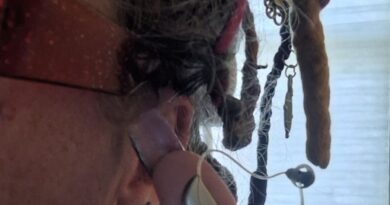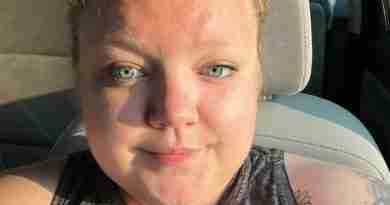Living with Marfan’s Syndrome: Embracing My True Self
Written By: Alan Cruz
Reflecting on my life, I realize that Marfan’s syndrome has always been part of my life journey. I inherited the condition from my mother, and my younger brother and I live with it.
While I was never officially tested—long wait times with geneticists in Nevada made that nearly impossible—the signs were clear from early on.
I’ve faced multiple surgeries, a sunken chest, vision problems, and other physical challenges that have been with me since I was a child.
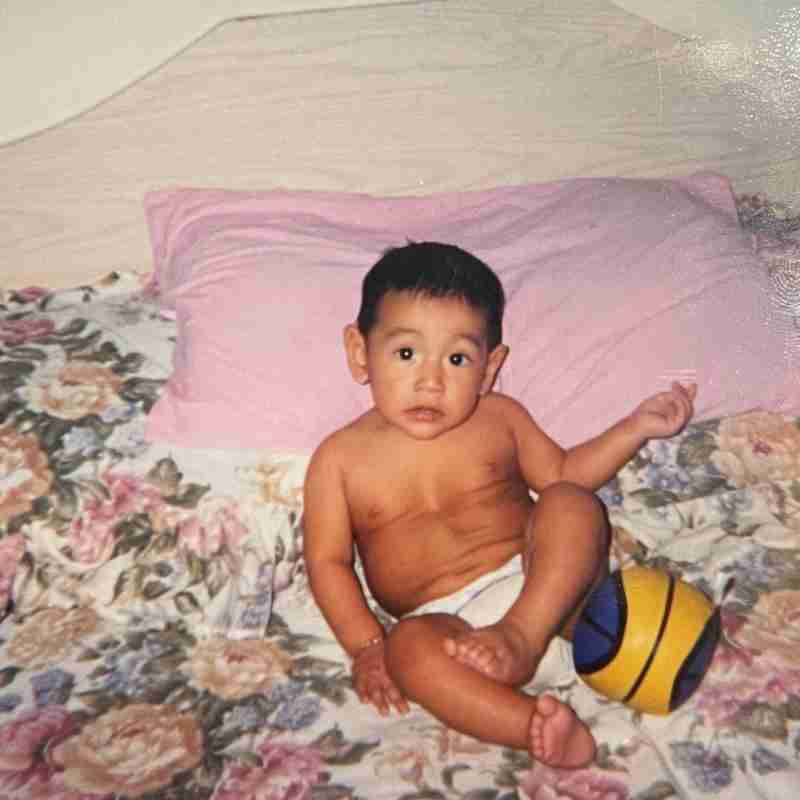
But more than that, Marfan syndrome has been a constant backdrop as I navigated growing up, learning to live with a body that felt different and unlearning the belief that my condition limited and defined me.
Understanding Marfan Syndrome as a Genetic Disorder
To understand my story, it helps to know what Marfan syndrome actually is. According to the Mayo Clinic, Marfan Syndrome is a genetic (inherited) disorder that affects connective tissue, the fibers that support and anchor your organs and other structures in your body.
This disorder can touch almost every part of the body: the heart, blood vessels, bones, joints, and eyes. Marfan syndrome affects various connective tissues in the body, playing a critical role in the functionality and health of multiple systems, including skeletal, cardiovascular, and ocular.
A mutation in the FBN1 gene, which produces a protein called fibrillin-1, causes the condition.
When that protein doesn’t function properly, it leads to the structural problems faced by people with Marfan syndrome.
What that looked like for Alan
For me, that meant having a sunken chest, needing glasses as early as age three, and dealing with rapid growth that made me stand out from my peers. I had my first hernia surgery when I was just three years old.
Imagine that: being so small and already going under the knife. It became a kind of pattern in my life—surgery, recovery, more surgery. And while other kids were busy worrying about their next playdate or basketball game, I was thinking about my next doctor’s appointment.
Marfan syndrome is diagnosed by recognizing its various symptoms and performing specific diagnostic tests such as echocardiograms, slit-lamp examinations, skeletal assessments, and genetic testing for mutations in the FBN1 gene.
By the time I hit elementary school, I was noticeably taller than the other kids, and by age ten, I had to stop playing basketball—a sport I loved—because of yet another surgery. Basketball had been my joy.
My dad played back in his hometown in Oaxaca, Mexico, and it felt like something we shared, something that made me feel normal. But Marfan had other plans, and being told I couldn’t play anymore was a blow I wasn’t ready for.
This was one of my first experiences where I felt like my body wasn’t my own.
Early Life, Symptoms of Marfan Syndrome, Connective Tissue Issues, and Learning to Cope
Growing up with Marfan syndrome wasn’t just about physical challenges—it was about feeling like I had no control over my own life. Doctors were constantly making decisions for me, whether it was about surgeries, treatments, or things I had to give up for the sake of my safety and well-being.
Cardiovascular complications, such as aortic aneurysms, were a significant concern, as they could lead to serious issues like the enlargement or bulging of the aorta, posing a risk of tearing or rupture.
Aortic dissection is another serious condition that requires immediate medical attention due to the risk of tearing or rupture in the aortic wall, which could cause severe, sharp pain.
I had a whole team of specialists—a pediatrician, a lung doctor, an orthopedic specialist, a spine doctor, a cardiologist, and an ophthalmologist—all of whom assumed I had Marfan syndrome because my mom and brother had it too.
Monitoring the aortic root was crucial to prevent complications such as aneurysms and regurgitation, and sometimes surgical interventions were necessary to address severe cases of aortic enlargement.
Additionally, the aortic valve could leak, especially with aortic enlargement, posing serious health risks including the potential for aortic dissection.
The challenges of living with Marfan’s did not stop there
Still, without a formal diagnosis, it felt like this unspoken weight hanging over me. I lived in a state of “what if,” wondering when the next issue would surface, but never feeling like I had all the answers.
Managing blood pressure was essential, as elevated levels could exacerbate cardiovascular complications, and regular monitoring was part of my treatment plan.
Middle school was a challenging time. I underwent my first Nuss procedure to correct my sunken chest. In a Nuss procedure, surgeons make small cuts on each side of the patient’s chest. Then, a titanium bar is inserted and stitched to the wall of the chest to prevent the chest from sinking further.
Common issues with heart valves, such as mitral valve prolapse and aortic regurgitation, were also part of my health concerns, requiring careful monitoring to prevent severe complications.
My classmates didn’t understand what I was going through. I found myself on the outside, looking in.
Because I couldn’t participate in physical education, some kids thought I was getting special treatment. Others took it a step further and bullied me.
They’d throw rocks at me after school or hurt me physically. I didn’t know how to stand up for myself at the time—I felt powerless.
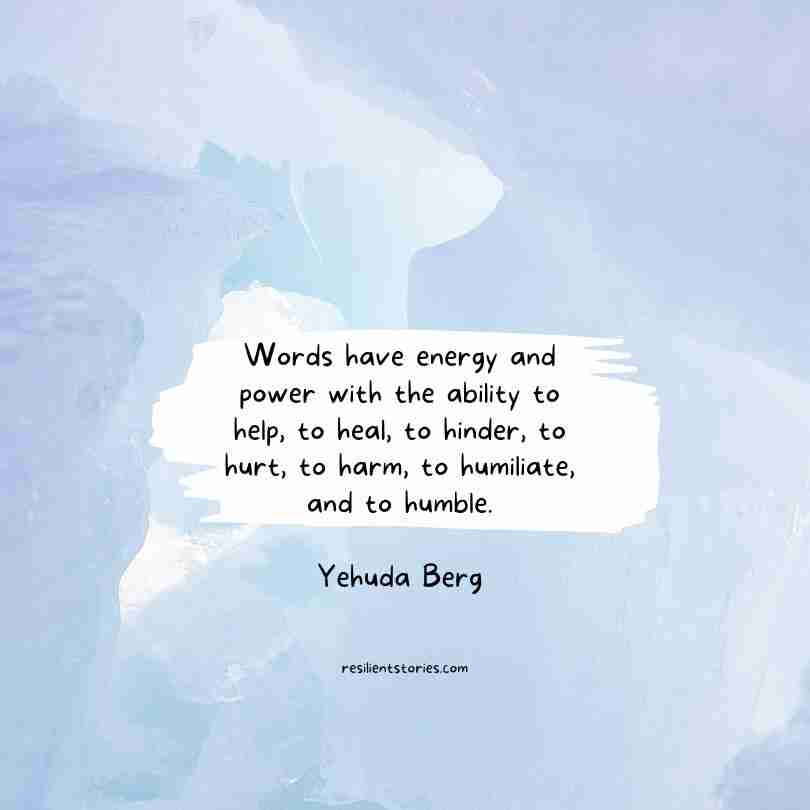
The emotional pain hit just as hard as the physical pain. I began to retreat into myself. That’s when I discovered the world of online gaming. Minecraft and Wizard101 became my safe spaces.
I wasn’t “the kid with Marfan syndrome” in these virtual worlds—I was just me. I could connect with people my age from all over the world, and for the first time, I felt accepted.
No one saw my scars or my struggles. In those online communities, I felt powerful and unstoppable in a way I never could in real life.
Adolescence and Coming to Terms with Marfan Syndrome
The summer before high school was brutal. I underwent a follow-up Nuss procedure. This time, they inserted two metal bars into my chest to hold it in place. That surgery was one of the most challenging experiences of my life.
I spent half a month in the hospital, in and out of consciousness, hooked up to machines, relearning how to breathe, sit up, and eventually walk without excruciating pain. It felt like I was starting over from scratch—like my body had been reset, and I had to learn to be human all over again.
That summer was dark. However, high school brought a spark of light. I was invited to attend a week-long freshmen seminar at Canyon Springs High School, where I got to meet some students and get a feel for the school.
That’s where I first encountered the Student Council. There was this girl, Mariah—bubbly, optimistic, everything I wasn’t then. Her energy and warmth pulled me in, making me feel like I belonged.

Find something that ignites your inner spark
At that moment, I knew I wanted to be part of the student council and make others feel welcome. Despite feeling completely out of my depth, I applied. To my surprise, I was accepted.
Joining the Student Council changed my life. Over the next four years, I grew from a shy, reserved freshman to someone who had found his voice. I served as class president for three years and as student body vice president of community and relations in my senior year.
Student Council was where I realized that, while my body had limitations, my voice didn’t. I could still make an impact.
I even started a political campaign to lower the voting age and gave a TEDx talk on youth empowerment in LA. It was during those years that I fully came to terms with my condition. I realized that Marfan syndrome didn’t define me—I defined me.
Managing the Physical Aspects of Marfan Syndrome
Managing the physical aspects of Marfan syndrome has been a journey of learning and adaptation for me.
It requires a multidisciplinary approach. I’ve had to work closely with my healthcare team to monitor and manage my condition effectively.
Here are some strategies that have helped me navigate the physical challenges of Marfan syndrome:
Regular exercise has been a cornerstone of my routine. Gentle exercises like yoga, swimming, and cycling have helped me improve my flexibility and strength without putting too much strain on my body.
High-impact activities, such as contact sports and heavy lifting, are off-limits, but I’ve found joy in the activities I can do. Yoga, in particular, has been a game-changer, helping me stay grounded and connected to my body.

Maintaining good posture is another crucial aspect. Poor posture can exacerbate spinal cord problems and other skeletal issues, so I’ve made a conscious effort to sit and stand correctly. Simple adjustments, like using ergonomic chairs and taking breaks to stretch, have made a significant difference.
Sleep position is something I never thought much about until my doctors emphasized its importance. Sleeping on my side with a pillow between my knees has helped reduce the risk of spinal cord problems and improved my overall comfort.
Regular eye care is essential for people with Marfan syndrome. We are at a higher risk of retinal detachment. I’ve made it a point to have regular eye exams to catch any issues early. My experience with retinal detachment surgeries was a wake-up call, and I’m grateful that my vision was preserved.
Lastly, skin care might seem minor, but it’s important. Keeping my skin moisturized helps reduce the risk of skin problems. These can be more common in people with Marfan syndrome. It’s a small act of self-care that reminds me to take care of my body in every way possible.
Coping Mechanisms and Finding Resilience
One of the biggest shifts in my life happened when I stopped letting Marfan syndrome control my narrative. For so long, I had allowed it to dictate how I saw myself, what I thought I could do, and how I lived.
But there came a point where I realized I was giving it too much power. The real power—the power to shape my life, to decide what my future would look like—had always been in me.
I started focusing on what made me happy in high school and college. Organizing events, working with youth programs like the Citizens University Youth Collaboratory and Advocates for Youth, and spending time with friends made me feel alive.
I poured my energy into advocacy, lobbying for causes like sex education, racial justice, and immigration reform. The more I worked toward these bigger causes, the less I thought about Marfan syndrome.
Epiphanies and inspiration can come from the strangest things
Then, in 2020, the pandemic forced me to stop in my tracks. The world slowed down, and I had to slow down with it. I realized I had been running—keeping myself busy to avoid facing the deeper issues.
The pandemic made me more aware of my health and the risks I faced. Especially knowing that COVID-19 could be deadly for someone with my condition. It was a time of deep reflection and self-awareness.
But the biggest test of my resilience came in the summer of 2024. Within just four weeks, I had three retinal detachment surgeries, each one bringing me closer to losing my vision. It was a terrifying experience, but it also transformed me.
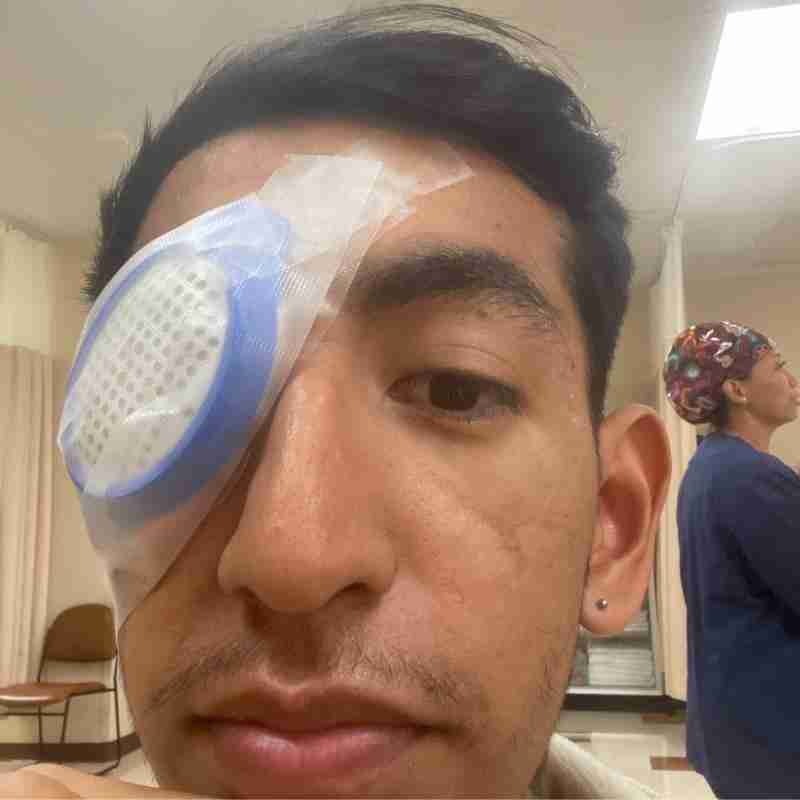
After those surgeries, I embraced mindfulness practices like meditation, breathwork, and yoga. I started journaling and spending time in nature, reconnecting with myself and finding strength in the stillness.
Every surgery and every setback became a lesson in resilience. I learned that I am stronger than I ever realized.
The retinal detachment procedures weren’t a surprise.
It’s common for someone with Marfan’s to experience retina detachment, which happens when the thin layer of tissue at the back of the eye pulls away from its regular position.
My mom experienced it first-hand and, unfortunately, permanently went blind in her right eye and now has very little vision in her left. I’m blessed that my vision was saved and preserved.
Building a Support Network
Living with Marfan syndrome can be isolating, but building a support network has been a lifeline for me. The emotional challenges of this condition are just as significant as the physical ones, and having a strong support system has made all the difference.
Joining a support group was one of the best decisions I made. Connecting with others who are going through similar experiences has been incredibly validating. We share our struggles, triumphs, and tips for managing life with Marfan syndrome. It’s a reminder that I’m not alone in this journey.
Online communities have also been a great source of support. Platforms and forums dedicated to Marfan syndrome provide a space to connect with people from all over the world. These virtual connections have been a source of comfort, especially during times when in-person support wasn’t possible.
Educating my family and friends about Marfan syndrome has helped them understand what I’m going through. Their emotional support has been invaluable, and knowing they have my back gives me strength. Open communication has been key to fostering this understanding.
Seeking help from mental health professionals has been another crucial step. The emotional toll of living with a chronic condition can be overwhelming, and therapy has provided me with tools to cope. It’s okay to ask for help, and it’s okay to prioritize mental health.
Lessons Learned and Moving Forward
Gratitude has become a daily practice for me. Every day, I take a moment to be thankful for what I have—my vision, my mobility, my health, and the love of my family.
Even in the middle of surgeries and recovery, I’ve learned to find joy in the little things.
Gratitude keeps me grounded and reminds me that no matter what challenges come my way, there’s always something to be thankful for.

One of the most important lessons I’ve learned is that the power to shape my life lies within me. For years, I thought my condition or my surgeries defined me, but that’s not the case.
I can decide how I live, how I show up in the world, and how I tell my story. No one—and certainly no condition—can take that power away from me.
Moving forward, I’ll continue to embrace resilience by pushing myself out of my comfort zone. Growth doesn’t come from playing it safe; it comes from trying new things, taking risks, and stepping into situations that make me uncomfortable.
Whether speaking up for myself, trying something that scares me, or putting myself in an unfamiliar environment, I know that’s how I’ll continue to grow.
Resilience isn’t about avoiding challenges. It’s about facing them head-on, daring to live boldly, and staying true to myself, no matter what.
I’m going to keep embracing that boldness. I will keep pushing the limits of what I thought was possible for myself. Because at the end of the day, I know the power is within me and not in my condition.
I’m going to live my life authentically, joyfully, and without limits.
Conclusion
Marfan syndrome is a genetic disorder that affects the connective tissue in the body, leading to a range of physical challenges, including issues with the heart and blood vessels, skeletal problems, and vision concerns. While there is no cure for Marfan syndrome, careful management of the condition can significantly improve a person’s quality of life and longevity.
People with Marfan syndrome can lead fulfilling lives by working closely with a dedicated healthcare team, managing the physical aspects of Marfan syndrome through regular exercise, posture correction, proper sleep positions, eye care, and skin care, and building a robust support network.
The journey may be challenging, but it’s also an opportunity to discover resilience, strength, and the power to shape one’s own story.
Living with Marfan syndrome has taught me that while the condition is a part of my life, it doesn’t define me.
The power to live authentically, joyfully, and without limits lies within me. And that is a lesson I carry with me every day.
Subscribe to our newsletter for more powerful personal stories like Alan’s.


